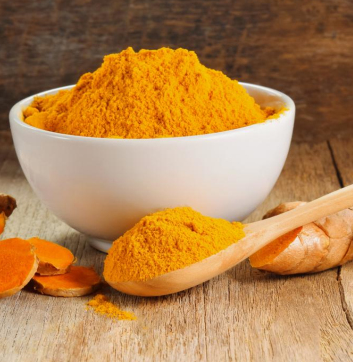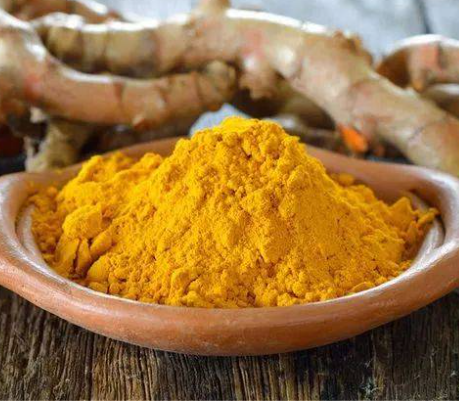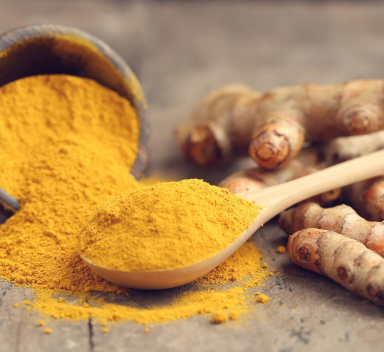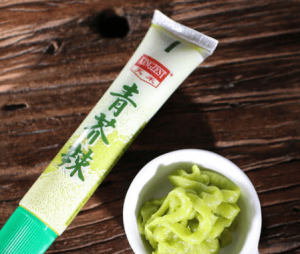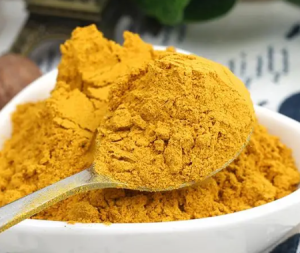Curcumin is a bright yellow chemical produced by plants of the Curcuma longa species. It is the principal curcuminoid of turmeric (Curcuma longa), a member of the ginger family, Zingiberaceae. It is sold as a herbal supplement, cosmetics ingredient, food flavoring, and food coloring.
Chemically, curcumin is a diarylheptanoid, belonging to the group of curcuminoids, which are phenolic pigments responsible for the yellow color of turmeric.
Laboratory and clinical research have not confirmed any medical use for curcumin. It is difficult to study because it is both unstable and poorly bioavailable. It is unlikely to produce useful leads for drug development.
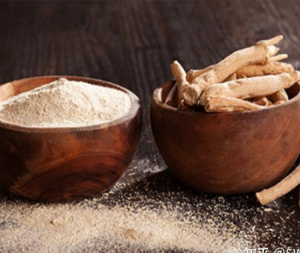
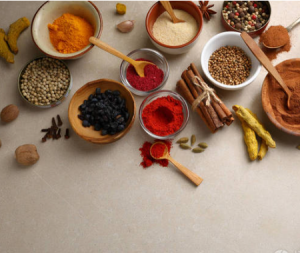
Curcumin was named in 1815 when Henri Auguste Vogel and Pierre Joseph Pelletier reported the first isolation of a "yellow coloring-matter" from the rhizomes of turmeric. Later, it was found to be a mixture of resin and turmeric oil. In 1910, Milobedzka and Lampe reported the chemical structure of curcumin to be as diferuloylmethane.Later in 1913, the same group accomplished the synthesis of the compound.
Although curcumin has been used historically in Ayurvedic medicine, its potential for medicinal properties remains unproven as a therapy when used orally.

